The emergence of fractal art in the late 20th century marked a significant departure from traditional representational art. Pioneered by mathematicians such as Benoit Mandelbrot, fractal geometry revealed that many naturally occurring, seemingly chaotic structures, from rugged coastlines to the branching of trees, can be described using simple, self-repeating formulas (Mandelbrot 6). This discovery provided artists with a new visual language to explore patterns of order and chaos. As digital technology evolved, fractal algorithms became a medium for artists to generate stunning images that mirror the complexity of nature. Fractal art is both a celebration of both mathematical precision and the inherent beauty of the natural world.
Fractals are defined by two essential properties: self-similarity and scale invariance. Benoit Mandelbrot’s seminal work, The Fractal Geometry of Nature, established that natural objects, regardless of their apparent irregularity, often exhibit repeating patterns at various scales (Mandelbrot 6). Kenneth Falconer’s Fractal Geometry: Mathematical Foundations and Applications builds on this idea by introducing the concept of fractal dimension; a quantitative measure of a fractal’s complexity (Falconer 45). Additionally, Michael F. Barnsley’s Fractals Everywhere (Barnsley 12) provides a comprehensive overview of the iterative processes, such as affine transformations, that are central to the creation of fractal patterns. These mathematical principles not only describe natural forms but also serve as the foundation upon which fractal art is built.
Fractal art leverages these mathematical principles to produce images that are both technically intricate and aesthetically captivating. Artists employ computer algorithms to simulate the iterative processes that generate fractals, blending color, form, and motion to evoke the harmonious interplay of natural order and chaos. One of the most iconic examples is the Mandelbrot set, whose infinitely complex boundary has become a symbol of fractal beauty (Peitgen et al. 102). Contemporary fractal art often pushes these ideas further; for instance, Scott Draves’ Electric Sheep is a collaborative, distributed computing project that creates evolving, animated fractal patterns, merging art and technology in a continuous, living display of digital creativity (Draves). Such works demonstrate that fractal art is not only a visual homage to nature’s complexity but also an invitation to explore the underlying mathematical order that governs the universe.
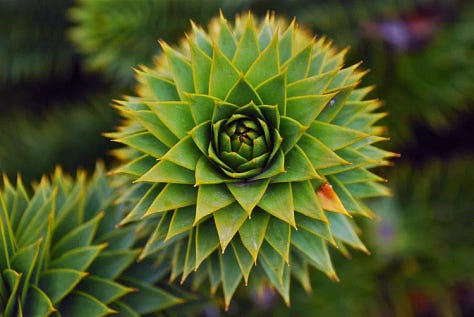
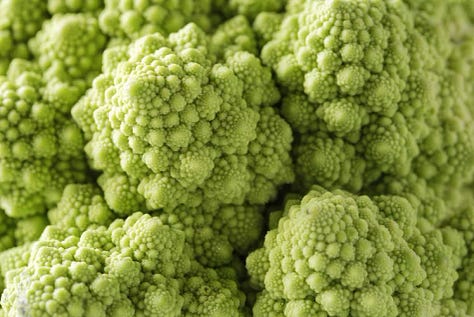
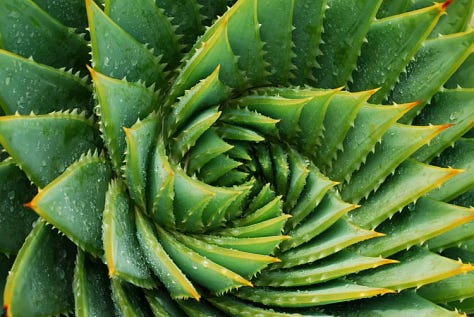
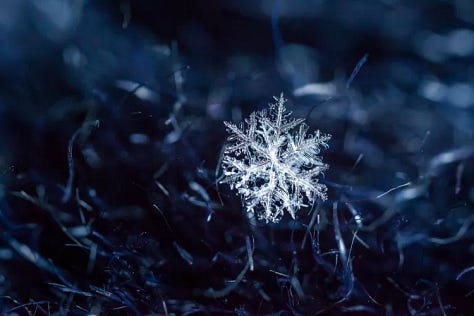
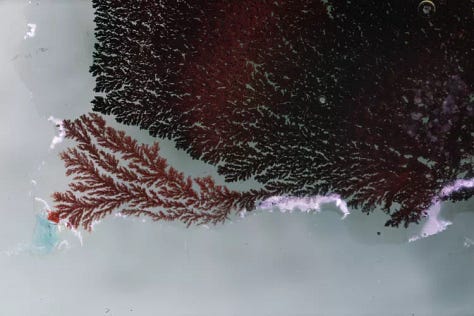
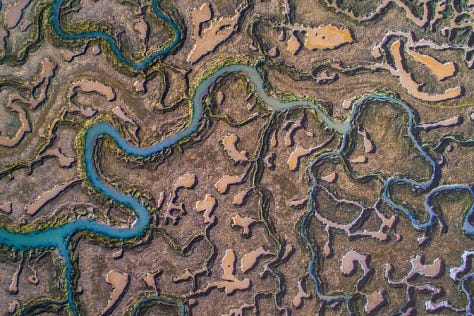
Nature abounds with fractal patterns. The jagged outlines of coastlines, the branching networks of river systems, and the delicate structure of fern leaves all exhibit self-similarity; a property that fractal geometry captures remarkably well. Research by Richard Voss, published in Scientific American, shows that many natural phenomena can be modeled using fractal dimensions, highlighting the universality of these patterns (Voss 23). This intrinsic connection between mathematics and nature offers both inspiration and subject matter for fractal artists. By mimicking the recursive processes observed in the natural world, fractal art creates a visual representation that resonates on a deeply instinctual level. The fractal dimension, which quantifies the degree of complexity in a pattern, bridges the gap between abstract mathematical theory and tangible, natural beauty (Falconer 67).

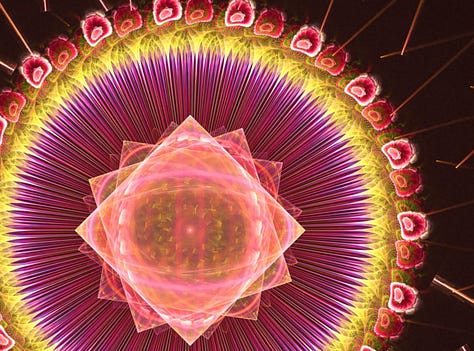
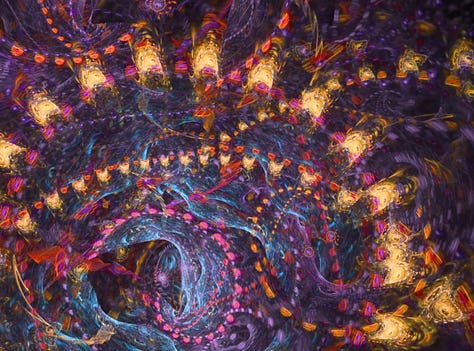
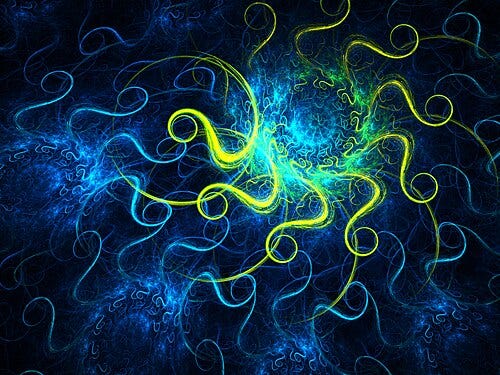
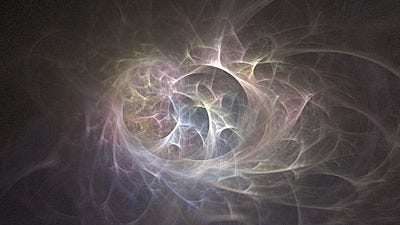
Digital technology has revolutionized the field of fractal art. With advances in computer graphics and algorithmic design, artists can now generate fractal images with unprecedented detail and dynamism. The proliferation of software tools and digital platforms has fostered a global community of fractal artists, leading to innovative exhibitions and interactive installations. Recent studies in neuroaesthetics suggest that the human brain is particularly attuned to fractal patterns, which may explain the universal appeal of fractal art (Taylor et al. 89). Moreover, contemporary research has explored fractal art’s potential to reduce stress and promote cognitive well-being, as evidenced by studies in cognitive psychology (Taylor et al.). Digital projects like Electric Sheep by Scott Draves exemplify this evolution; by harnessing the power of distributed computing, Electric Sheep continuously generates mesmerizing, animated fractal patterns that invite viewers to engage with art in a dynamic, immersive way (Draves). These developments underscore that fractal art is not only a bridge between art and science but also a field that continues to evolve with technological advancements and interdisciplinary research.
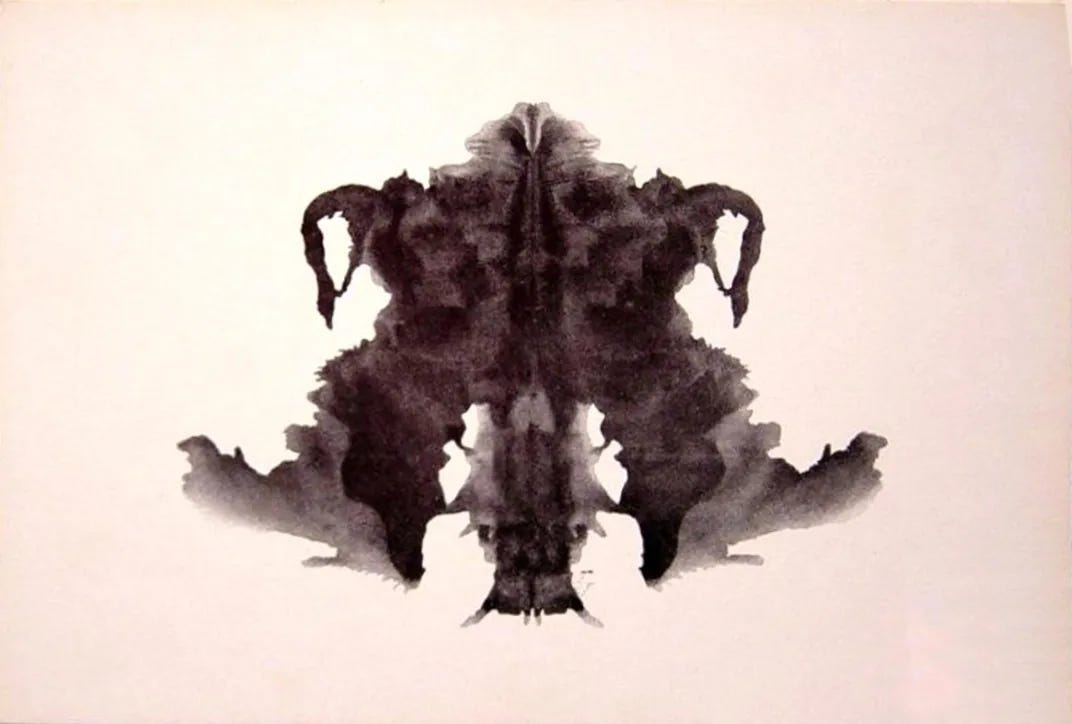
Fractal art stands as a vivid testament to the symbiotic relationship between mathematics and nature. From Mandelbrot’s groundbreaking insights to the innovative digital creations of contemporary artists, fractal art challenges conventional notions of beauty and order. It invites us to see the natural world through a lens of infinite complexity, where every detail is both a part of a larger whole and a unique expression of underlying mathematical laws. As technology and theory continue to advance, fractal art will undoubtedly inspire future generations of artists and scientists alike, pushing the boundaries of creative expression and deepening our understanding of the natural world.
References:
Barnsley, Michael F. Fractals Everywhere. Academic Press, 1988.
Draves, Scott. Electric Sheep. https://electricsheep.org. Accessed 27 Jan. 2025.
Falconer, Kenneth. Fractal Geometry: Mathematical Foundations and Applications. John Wiley & Sons, 2003.
Mandelbrot, Benoit. The Fractal Geometry of Nature. W. H. Freeman, 1982.
Peitgen, Heinz-Otto, et al. Chaos and Fractals: New Frontiers of Science. Springer, 1992.
Taylor, Robert P., et al. Fractal Aesthetics and the Human Brain: A Neuroaesthetic Perspective. Cognitive Neuroscience, vol. 4, no. 2, 2013, pp. 85–99. doi:10.1080/17513472.2013.7876543.
Voss, Richard F. Fractals in Nature. Scientific American, vol. 258, no. 4, 1988, pp. 22–31.
Fractal Geometry in Nature. Encyclopedia
Britannica, Encyclopedia Britannica, Inc., www.britannica.com/science/fractal. Accessed 27 Jan. 2025.




Geometry and art have a long, beautiful and very important
history. There connection has a pivotal role in the history of Western Civilization according to Samuel Edgerton, the author of many books on the subject including "The Mirror, the Window and the Telescope". This is an easy to read book for everyone.
Great topic and information. Look no further than most seed pods---pine cone, ear of corn, fallen magnolia pod.